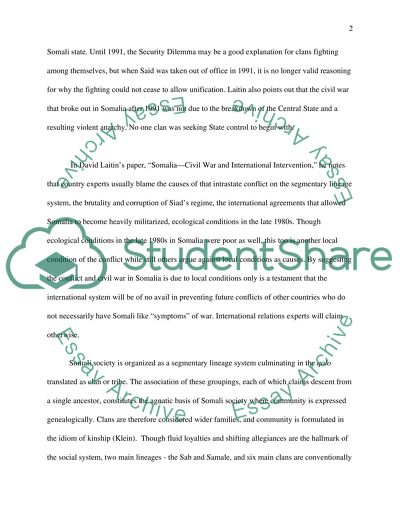Cite this document
(“Causes of Intrastate Conflicts in Somalia Essay”, n.d.)
Retrieved from https://studentshare.org/sociology/1521797-causes-of-intrastate-conflicts-in-somalia
Retrieved from https://studentshare.org/sociology/1521797-causes-of-intrastate-conflicts-in-somalia
(Causes of Intrastate Conflicts in Somalia Essay)
https://studentshare.org/sociology/1521797-causes-of-intrastate-conflicts-in-somalia.
https://studentshare.org/sociology/1521797-causes-of-intrastate-conflicts-in-somalia.
“Causes of Intrastate Conflicts in Somalia Essay”, n.d. https://studentshare.org/sociology/1521797-causes-of-intrastate-conflicts-in-somalia.


